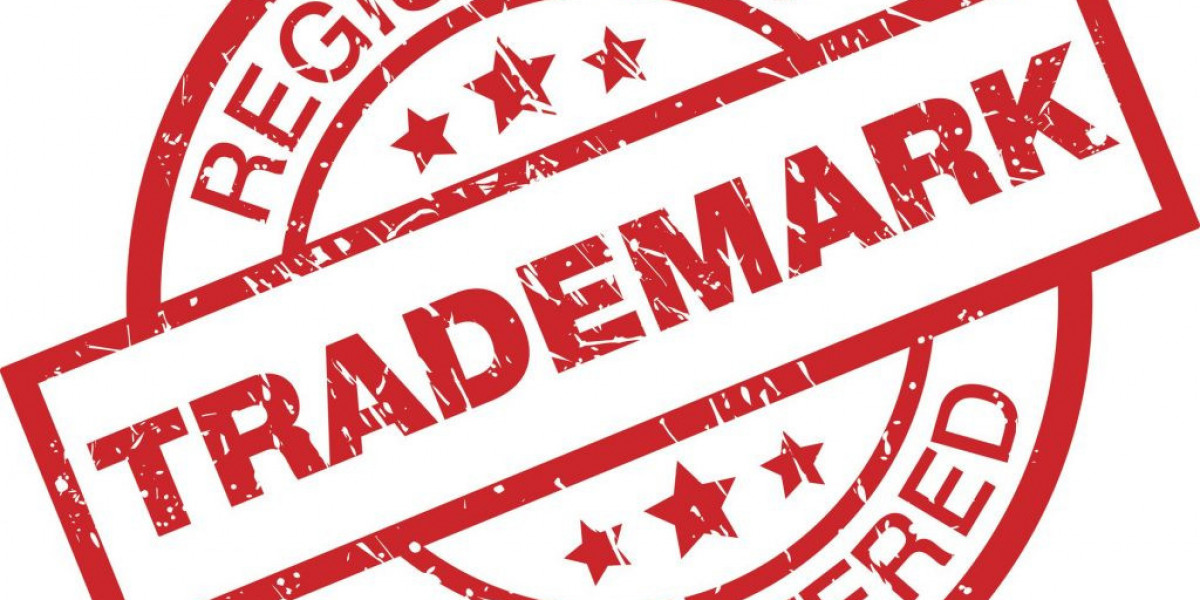In today's competitive business environment, establishing a unique identity is crucial for success. One of the most effective ways to protect your brand's identity is through trademark registration. This article will explain what trademark registration is, why it is needed, the process of registering a trademark, the documents required, the costs involved, and the benefits it offers.
What is a Trademark?
A trademark is a unique symbol, word, phrase, design, or combination of these elements that identifies and distinguishes the products or services of one business from those of others. It is a brand's identity, representing the quality, reputation, and goodwill associated with a business. Common examples include logos, brand names, slogans, and even specific colors or sounds.
Why is Trademark Registration Needed?
- Legal Protection: trademark registration provides legal protection against unauthorized use or infringement. It grants the owner exclusive rights to use the mark in connection with the goods or services for which it is registered.
- Brand Recognition: A registered trademark helps in building brand recognition and trust. Consumers associate the trademark with the quality and reputation of the products or services offered.
- Business Asset: A registered trademark is an intangible asset that can be bought, sold, licensed, or franchised. It adds value to the business and can be a significant part of its overall worth.
- Deterrence of Imitators: Having a registered trademark deters others from using similar marks, reducing the risk of confusion among consumers and protecting the brand's distinctiveness.
- Nationwide Protection: In countries like India, a registered trademark provides protection across the entire nation, not just in a specific region or state.
- Legal Remedies: In case of infringement, the trademark owner can seek legal remedies, including damages, injunctions, and the removal of infringing goods from the market.
The Process of Trademark Registration
- Trademark Search: Before applying for a trademark, conduct a thorough search to ensure that the mark is unique and not already in use. This can be done through the Trademark Registry's online database.
- Application Filing: Once the search confirms the uniqueness of the mark, file the trademark application with the Trademark Registry. The application should include details such as the mark, the goods or services it will represent, and the applicant's information.
- Examination: The Trademark Registry examines the application to ensure it complies with legal requirements and does not conflict with existing trademarks. If any objections are raised, the applicant must respond within a specified time frame.
- Publication: If the application passes the examination stage, the trademark is published in the Trademark Journal for opposition. This allows third parties to oppose the registration if they believe it infringes on their rights.
- Registration: If no opposition is filed, or if any opposition is resolved in favor of the applicant, the trademark is registered, and a Certificate of Registration is issued. This certificate grants the owner exclusive rights to the trademark for ten years, renewable indefinitely.
Documents Required
- Trademark Application Form: The application form (Form TM-A in India) must be completed and signed.
- Proof of Identity: A copy of the applicant's identity proof, such as a PAN card, passport, or driving license.
- Proof of Address: A copy of the applicant's address proof, such as a utility bill or bank statement.
- Business Registration Document: If the applicant is a business entity, a copy of the business registration document, such as a certificate of incorporation or partnership deed.
- Trademark Specimen: A clear representation of the trademark, including any logo or design elements.
- Power of Attorney: If the application is filed by a trademark agent or attorney, a Power of Attorney authorizing them to act on behalf of the applicant.
Costs Involved
The cost of trademark registration varies depending on the country and the specifics of the application. In India, the approximate costs are as follows:
| Service | Approximate Cost (INR) |
|---|---|
| Trademark Search | 0 - 2,000 |
| Application Filing (Individual/SME) | 4,500 per class |
| Application Filing (Others) | 9,000 per class |
| Attorney Fees | As per industry standards |
| Renewal Fee | 9,000 |
Benefits of Trademark Registration
- Exclusive Rights: The owner has exclusive rights to use the trademark and can prevent others from using similar marks.
- Brand Loyalty: Helps in building brand loyalty as consumers can easily identify and trust the products or services.
- Legal Evidence: The registration certificate serves as prima facie evidence of the trademark's validity and ownership.
- Intellectual Property Rights: Adds to the company's portfolio of intellectual property rights, increasing its market value.
- Global Recognition: Facilitates the registration of the trademark in other countries, helping in global brand expansion.
- Ease of Business Transactions: Simplifies business transactions such as mergers, acquisitions, and licensing, as the trademark is a recognized asset.
Also read : Section 8 Company Registration
Conclusion
Trademark registration is a crucial step for any business aiming to protect its brand identity and build a strong market presence. It offers numerous benefits, including legal protection, brand recognition, and the creation of a valuable business asset. The registration process, though detailed, is straightforward and well worth the effort for the long-term advantages it provides. By securing a registered trademark, businesses can safeguard their unique identity, enhance customer trust, and pave the way for sustained growth and success.
Also read : Automotive Fuel Delivery Injection








